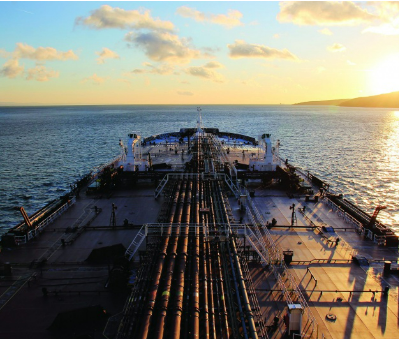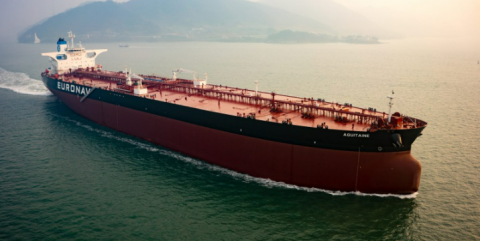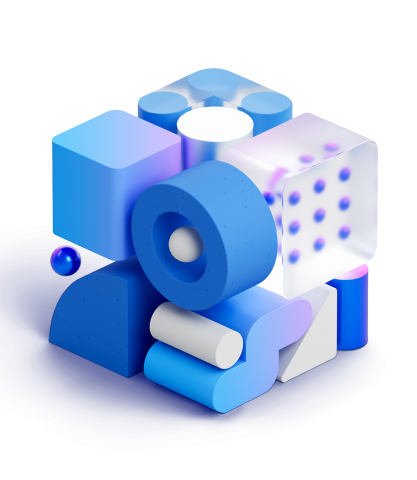Euronav
Euronav’s IoT Solution Connects Vessels to Shore, Improving Efficiency and Reducing Carbon Emissions
Executive Summary
Euronav is the largest independent publicly listed crude oil carrier in the world and is committed to making their fleet net-zero by 2050. Codit was approached to make this happen using IoT and cloud technology.
Crude oil shipping company Euronav invested heavily in digital transformation, using a central platform fed by IoT data from vessels. The solution is used to gain insights, lower operational costs and decrease fuel consumption - and therefore the organization’s carbon footprint.

The challenge
Euronav, a market-leading crude oil carrier, is dedicated to making the tanker industry more responsible and sustainable.
Of all global industries, shipping has been the one to focus on cost. Euronav is interested in gaining a competitive advantage by reducing costs, but their vision is far greater: Euronav has set out to be a digital technology leader, connecting sensors to all parts of their vessels and collecting data on the ships and in the cloud.
By gaining insights from this data, captains and management on shore can increase the efficiency of the vessels. Through aligning their tech, business and environmental goals, Euronav remains an industry leader.
Expected short-term results include a decrease in onboard fuel consumption, optimization of operations and better ship-shore-ship communications.
The challenge involved creating an IoT platform that would run both on the vessels and in the cloud. Communication with ships in oceans across the globe can suffer from poor connectivity, high network latency and connection drop-outs. Therefore, the solution had to be robust enough to allow for intelligent data exchange between vessels and shore. There needed to be one source of truth for the data – the cloud.
Of course, when high volumes of potentially sensitive data are processed, the solution also needs to be designed for security from the ground up.

The Approach
Euronav started an ambitious project called FAST (Fleet Automatic Statistics & Tracking). FAST was to be a centralized platform that uses data from ships for real-time analysis of multiple metrics, coming from machinery on oil tankers. The platform’s main purpose is to allow for data-driven decision making.
It became clear early on that the collection of real-time, reliable sensor data is key to the project. In other words: using Internet of Things technology.
As a Microsoft client, Euronav was already making use of the Microsoft Azure cloud platform. Codit was chosen as a partner for the IoT development. Being a Microsoft Gold Partner with a lot of experience and expertise in IoT backend development, Codit was the logical choice. Moreover, Codit had proven experience in other maritime industry-related implementations.
The solution uses IoT sensors that collect metrics from engines, cargo tanks, bunker tanks, navigation systems, weather and so on. The vessel’s data goes through a central “data collector” onboard, which transforms, stores and publishes the data to the cloud. This is done using Microsoft Azure IoT Edge.
The telemetry that we collect on board the vessels is transmitted to the cloud, where it eventually ends up in Azure Data Explorer. Azure Data Explorer is capable of ingesting the vast number of metrics received from vessels with low latency.
The solution is designed with a microservices architecture, which means that it consists of multiple components that are self-contained and can be deployed separately. On the vessel, Codit uses a lightweight Kubernetes cluster to orchestrate the containers that are deployed there. Azure Arc is used to establish a central management plane for all the Kubernetes clusters. The next step is to get container images from ship to shore and back, which can be quite a challenge.
Euronav had already accelerated the roll-out of new Iridium Certus fleet antennas. These provide a constant flow of data from the vessel to shore locations. Although vessels are connected to the Internet 95% of the time, that doesn’t say anything about connection quality.
Part of the solution came from Codit’s special relationship with Microsoft. They happened to be working on a connected version of the Azure Container Registry and provided Codit with the opportunity to participate in a private preview. This enabled Codit developers to install an on-premises container registry on the vessels, which is linked with an Azure Container Registry instance (read more about this in our blog post).
The solution also uses Azure Service Bus to communicate with the vessel and Azure Monitor and Container Insights to collect logs and use them for alerts if things go wrong.
Apart from all this technology, the data ends up in Euronav’s FAST platform for processing. The platform can instantly analyze the condition and performance of the vessel, such as fuel consumption, and show it to personnel both on- and offshore. Additionally, onboard engineers can add events and additional information to the data in order to enrich it. However, sensor (raw) data is preserved for data analysis when needed.
This is done using both Azure Data Explorer’s powerful Kusto Query Language for hot data, and Azure Synapse for archived data.

Results
The FAST platform helps Euronav on their journey to becoming more sustainable. An important result of increased and real-time insight into vessel performance is a reduction in fuel consumption. But there are many other benefits, such as predictive maintenance, shorter waiting times at the quay and reduced claims.
Moreover, with a better line of communication between vessel and shore, there is less need for captains to write time-consuming reports, allowing them to focus on their core task of ship management.
The FAST platform (Fleet Automatic Statistics & Tracking) gives Euronav a competitive advantage in the shipping industry. Moving forward, they will certainly build on their current experience in data analytics. Teams in Antwerp and Athens are already developing new dashboards, reports, and insights. An important result is a reduction in the use of fuel oil, contributing to the organization’s goal of achieving zero emissions by 2050. Other results of the data collection and visualization are increased safety, environmental protection performance, and lower Operational Expenses.
The platform also improves the collaboration and communication between vessel and shore. Euronav hope that this will involve the crew more in the decision-making process and create a feeling of inclusiveness into the Euronav family – wherever they are in the world.

“If there is anything that will happen in our industry, it's an acceleration towards more data, more technology and better use of this data and these technologies by people who are very experienced. When you match or when you marry the two together, then you have the best outcome.”
Hugo De Stoop
CEO at Euronav

About us
At Codit we want to help make the world an even smarter place. By creating customer cloud solutions that make the world’s data work better, we help our customers to evolve, and touch the lives of millions across the globe.
Our team of 200 employees across our offices in Belgium, France, Portugal, Switzerland, the United Kingdom, The Netherlands, Malta and Luxembourg use leading Microsoft Azure Cloud Native technologies to put the world’s data to work.
From the creation of data platforms that aid the development of smart cities, to solutions that push forward the production of renewable energy, Codit has been helping our customers to realize their ideals and to strive for a better, more future-orientated world for over twenty years.
